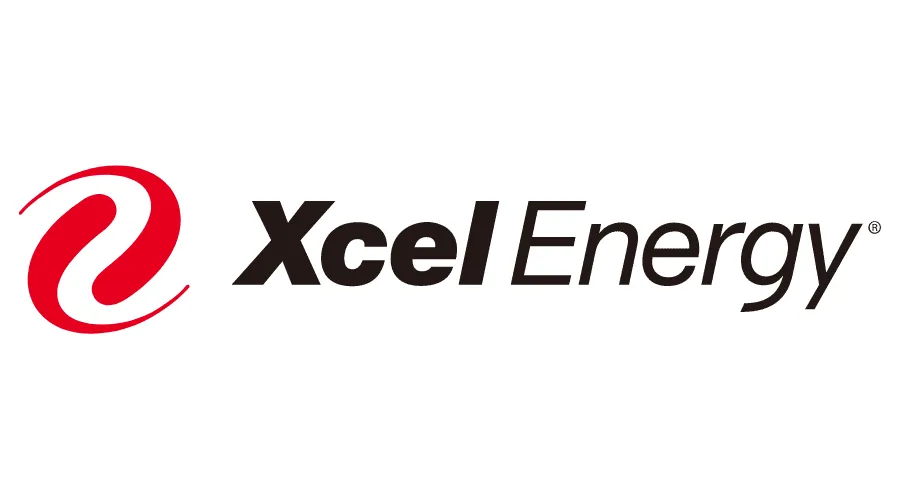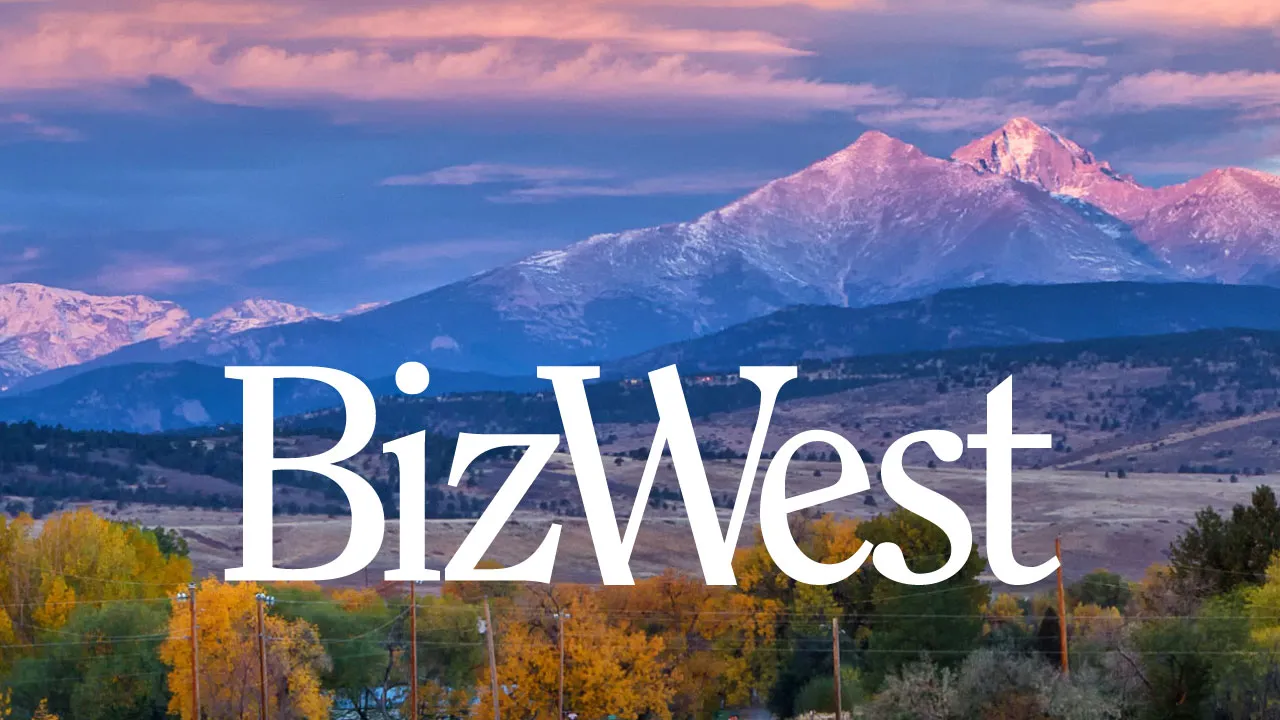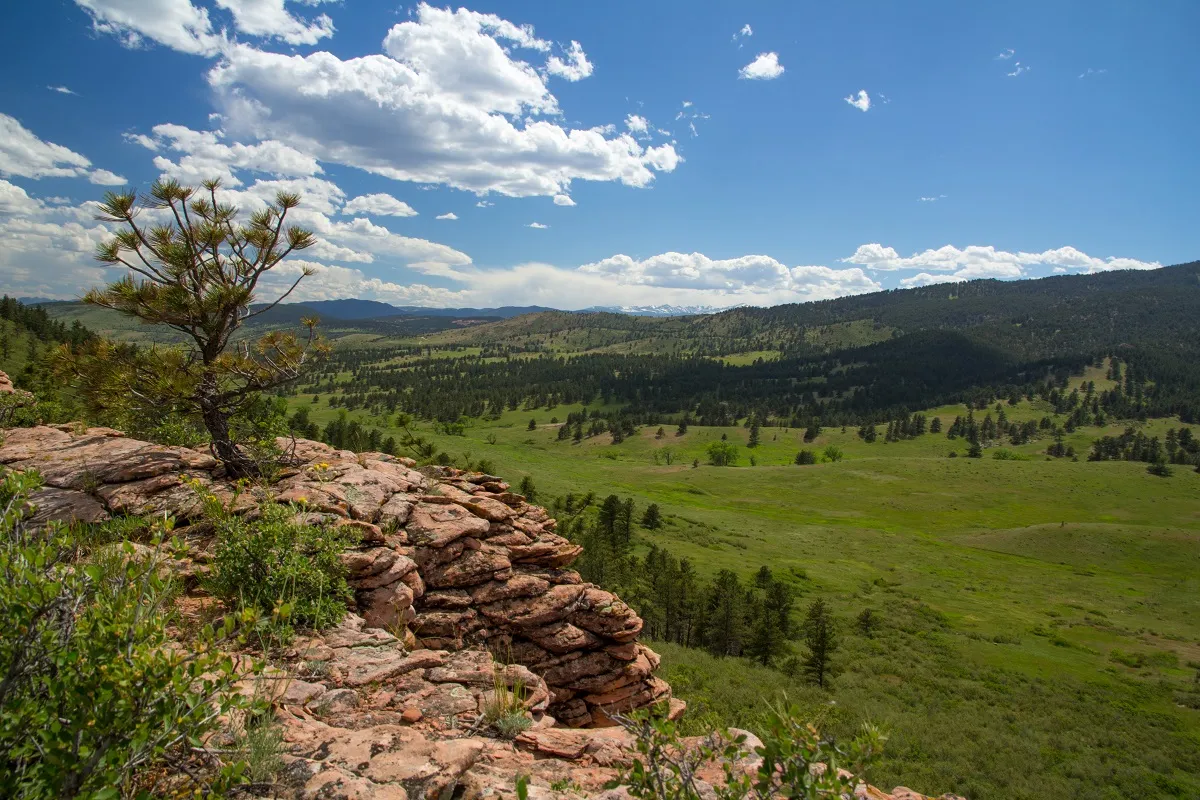As coal plants close, water rights may be available

Coal-fired power plant closings set to begin next year and continue through the decade mean water rights related to their operation and worth millions of dollars could come to market.
Or not.
“With plant closures, it’s not known if [energy companies] are sellers,” said Brett Bovee, a Fort Collins-based regional director for water management consultancy WestWater Research LLC in Boise.
The issue flows from closures planned by at least three providers of power to Northern Colorado: Platte River Power Authority in Fort Collins; Tri-State Generation & Transmission Association in Westminster; and Xcel Energy Inc. [Nasdaq: XEL] in Minneapolis. The three are involved in…
THIS ARTICLE IS FOR SUBSCRIBERS ONLY
Continue reading for less than $3 per week!
Get a month of award-winning local business news, trends and insights
Access award-winning content today!




